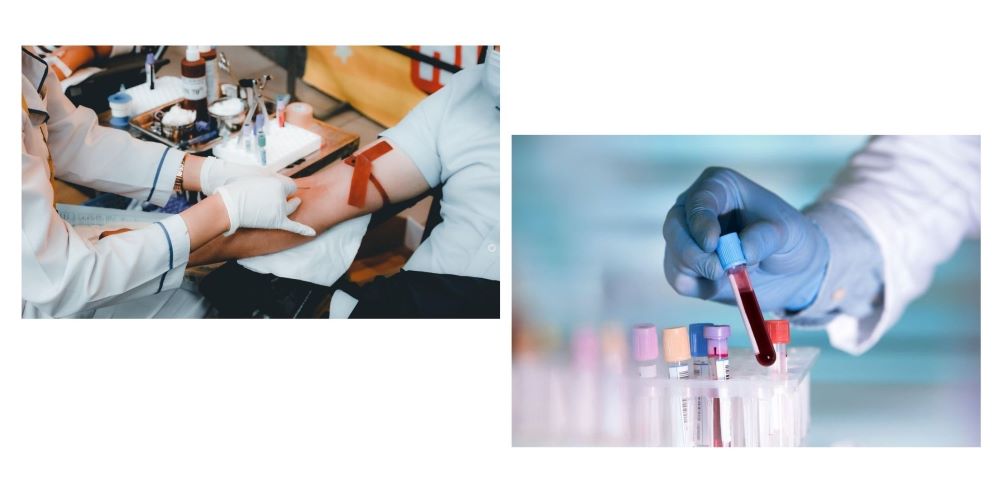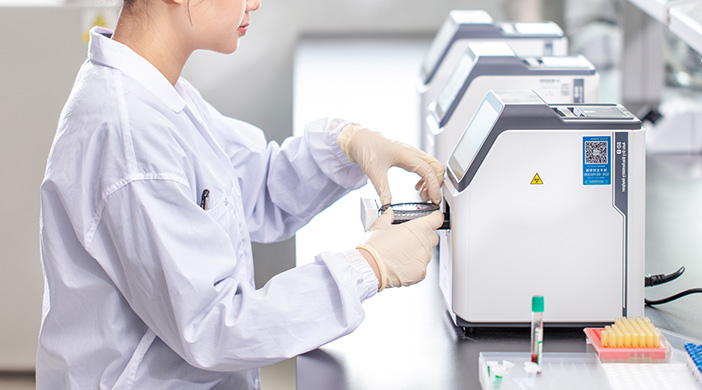release time:2021-12-17 14:30:23
Common tests before spay/neuter are routine blood work, biochemistry and coagulation. Routine blood tests can confirm inflammation and anemia in the animal. Biochemical tests are performed to determine the health of the animal's liver and kidneys, to determine the animal's signs and drug metabolism and detoxification functions, and to confirm the presence of other diseases. Coagulation examination is to determine whether the animal has coagulation disorder, if the coagulation function is abnormal, it may trigger the occurrence of hemorrhage during the surgery.
How should I care for my spayed animal after surgery?
First, pay attention to heat preservation. After anesthesia, the animal's body temperature will be lowered, so you can use blankets or hot water bags to complete the insulation.
Second, to prevent wound infection or cracking, Elizabethan rings should be worn for the pet. This can effectively prevent the animal from licking the wound. Secondly, animals need a quiet recuperative environment, so they should be prevented from strenuous exercise, which can lead to wound dehiscence.
Third, more attention should be paid to the wound healing situation. Normally the wound is pink or light-colored and will slowly turn dark red subsequently and finally crust over. In the early stage, if there is swelling and blood oozing, it is normal. However, if the condition persists for a long time, or even if there is yellow, white or green exudate, it is abnormal. At this time, you need to contact the hospital promptly.

2024-08-01
Decode your blood test results with ease. Learn about common blood tests, understand what the numbers mean, and empower yourself with knowledge.

2022-06-24
Veterinary chemistry analyzers refer to laboratory machines used to assess the concentration of proteins, minerals, metabolites, and medicines in the specimens of plasma, blood, CSF, urine, serum and other bodily fluids.

2022-03-14
Biochemical analysis of the body fluid samples forms the basis of medical diagnosis and plays a crucial role in treating various health ailments. Automated biochemical analyzers analyze body fluid samples and evaluate the concentration of biochemical markers,